Ninjatitan Zapatai the 140 million year old titanosaur found in Argentine Patagonia.
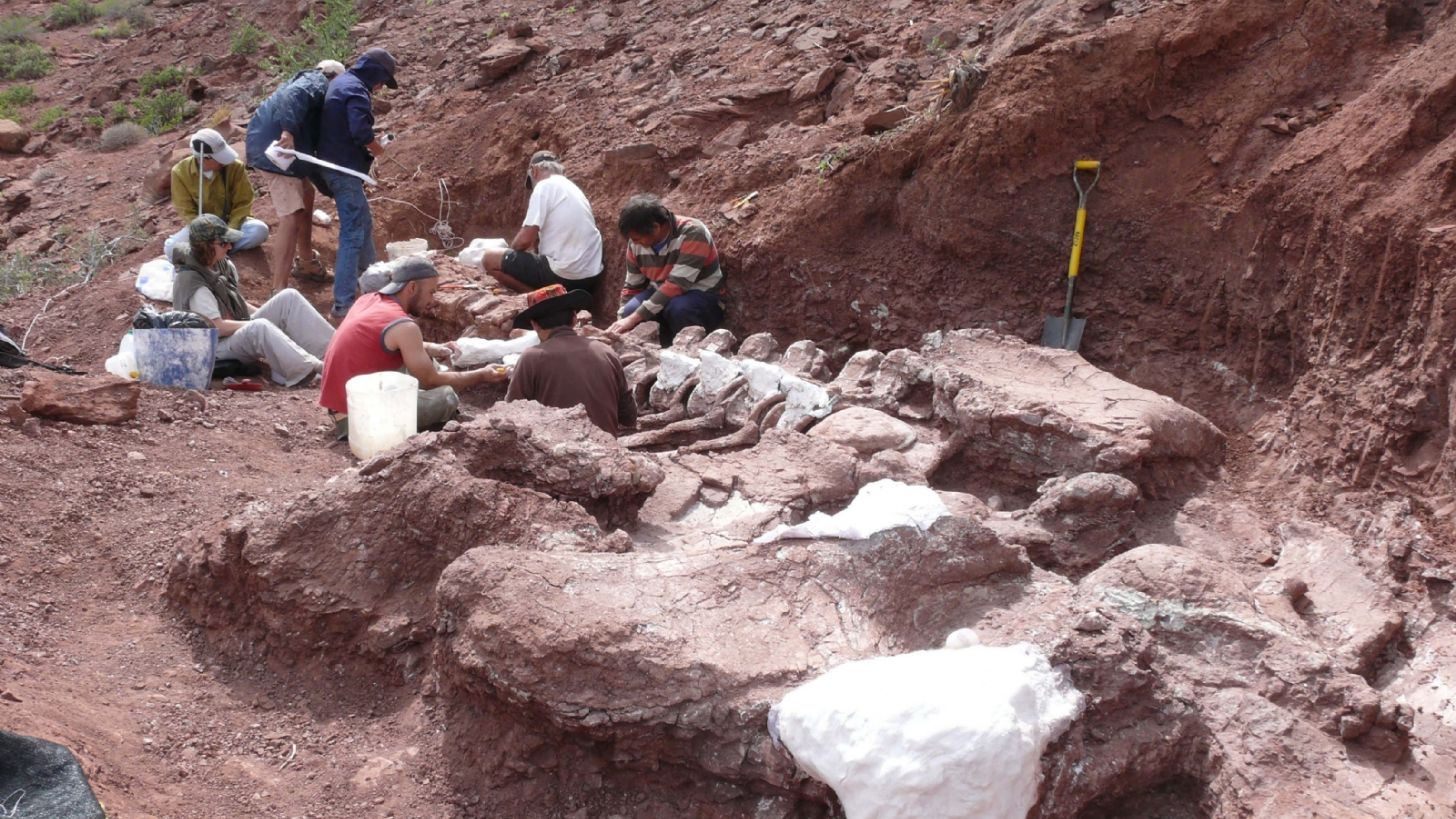
Argentina, especially Patagonia, is a prodigal land of dinosaur discoveries and this is nothing new.
At the beginning of March, the age of the fossils found at the Bajada Colorada site, in the province of Neuquén, in the southwest of Argentina, was confirmed.
The official confirmation was made through the Scientific Dissemination Agency of the University of La Matanza (CTyS-UNLaM), which coordinated the search for fossils in this remote corner of Argentine Patagonia.

It is the species Ninjatitan zapatai, (the name Zapatai in homage to Rogelio Zapata, who has been coordinating the searches in this region for years, a technician at the Villa El Chocón Museum since the mid 1990s and who participated in all the field work carried out in Bajada Colorada since 2010.
"The greatest importance of this fossil, beyond the fact that it is a new species of titanosaur, is that it is the oldest record worldwide for this group" expressed the researcher.
The age of Titanosaurus is estimated at about 140 million years, and it is, so far, the oldest dinosaur in the world and one of the largest.
How to calculate the age of fossils.
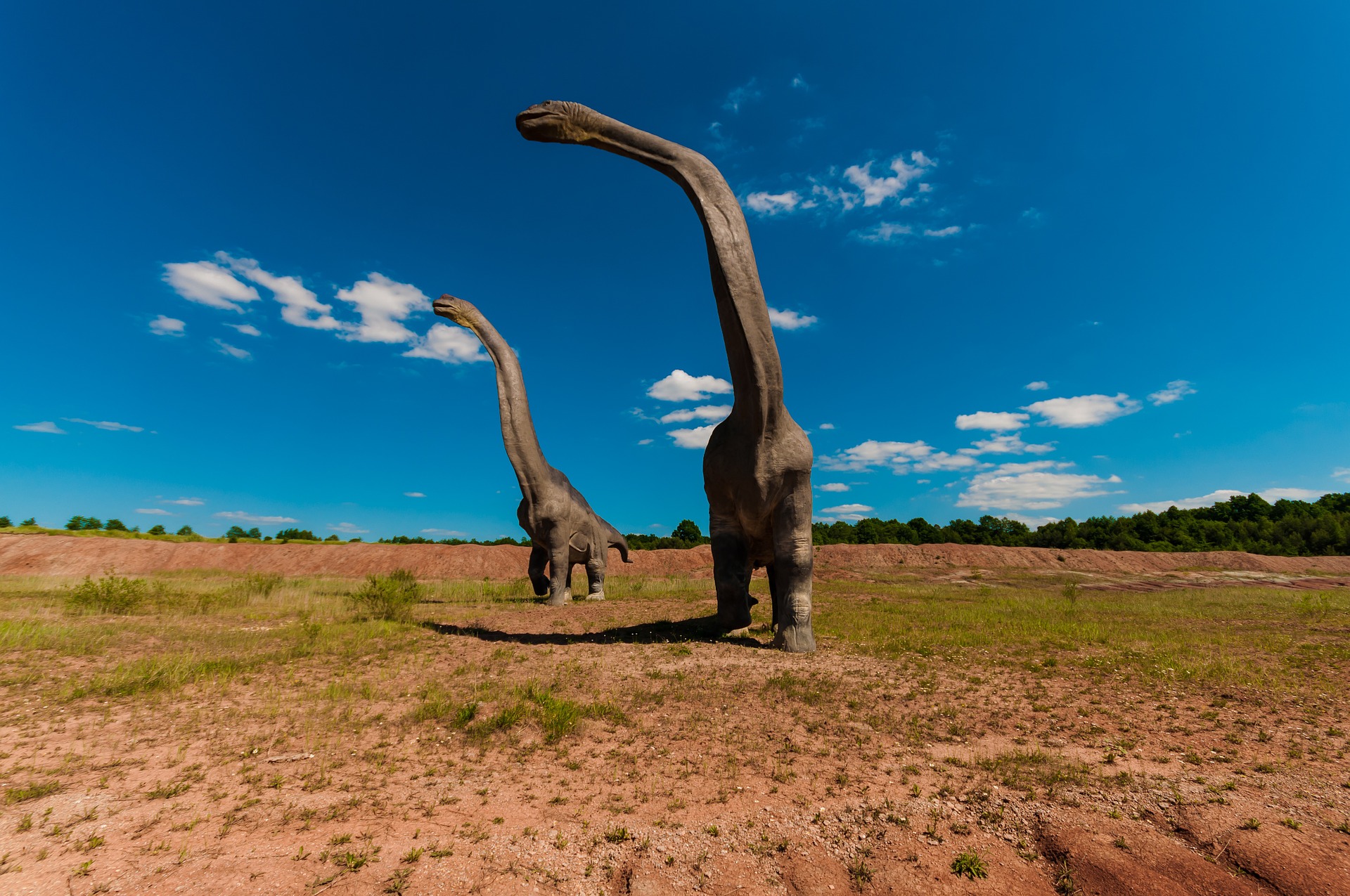
First of all, a scientifically rigorous criterion must be followed for the age announcement to have any validity.
The oldest system used is based on the law of superposition, which states that younger layers are deposited on top of older ones.
In this way, depending on the depth at which the fossil remains are found, paleontologists can estimate their age.
A more modern method is the one that uses radioactivity, for example, the famous carbon-14 method. The real limitation of this system is that its results are valid only for fossils that are 45,000 or 50,000 years old.
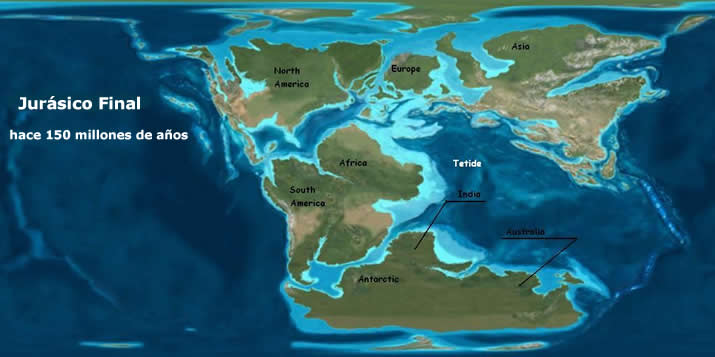
Source.
A new dinosaur species.
The titanosaurs have been classified as a subgroup of the so-called sauropods, which were gigantic herbivorous dinosaurs with very long necks and tails.
They were probably the largest animals on the surface of the earth.
Until now, only titanosaurs up to 120 million years old were known.
But this discovery now places these dinosaurs at the beginning of the Cretaceous, the period that began 145 million years ago and ended 66 million years ago.
Until now, the oldest species was 120 million years old.
Among the fossil remains found were bones from the hind legs of the titanosaur, which has allowed a reconstruction of this gigantic dinosaur.
Pablo Gallina, expert and lead author of the article in the specialized scientific journal Ameghiniana has stated that the finding is extremely important "because fossil records from the early Cretaceous, about 140 million years ago, are really very scarce worldwide."
The first Cretaceous fossils were found by Jonatan Aroca in 2014: a complete scapula, vertebrae, a part of the femur, fibula and other bones from its hind legs.
In 2014, the technician Jonatan Aroca found a very complete scapula and, in the following campaign, three vertebrae and some bones of its hind legs, a part of the femur and what would be the fibula of the titanosaur.
Fossils in Patagonia.
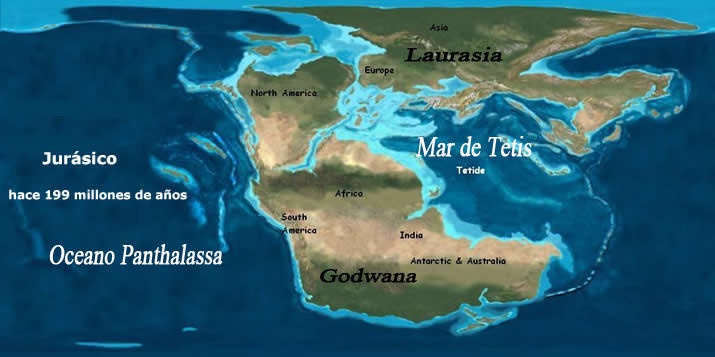
Why have so many fossils been found in Patagonia?
The dry and arid climate contributes a lot to this.
According to Carolini, discoverer of the Gigantosaurius Carolinii in 1993, which bears his name, an ocean tongue from the primitive Gondwana entered the continent in the part that today is the province of Rio Negro, favoring the arrival of numerous marine dinosaurs, thus becoming a true Cretaceous park.
However, this great paleontological treasure was practically unknown until Carolini's discovery.
Patagonia, with its characteristics of a solitary and inhospitable land, and a country (Argentina) that did not have sufficient human resources for exploration were the main obstacles.
Law 9080, sanctioned in 1913 and regulated in 1921, was updated according to the new possibilities of scientific exploration, establishing that fossils are part of our wealth, and Natural Patrimony of Humanity.
The same story, although in a different environment, the marine one, with much more recent discoveries, is repeated along the entire Atlantic coast of Patagonia.
The materials found are housed in the Museum of Natural Sciences "Prof. Dr. Juan Olsacher".
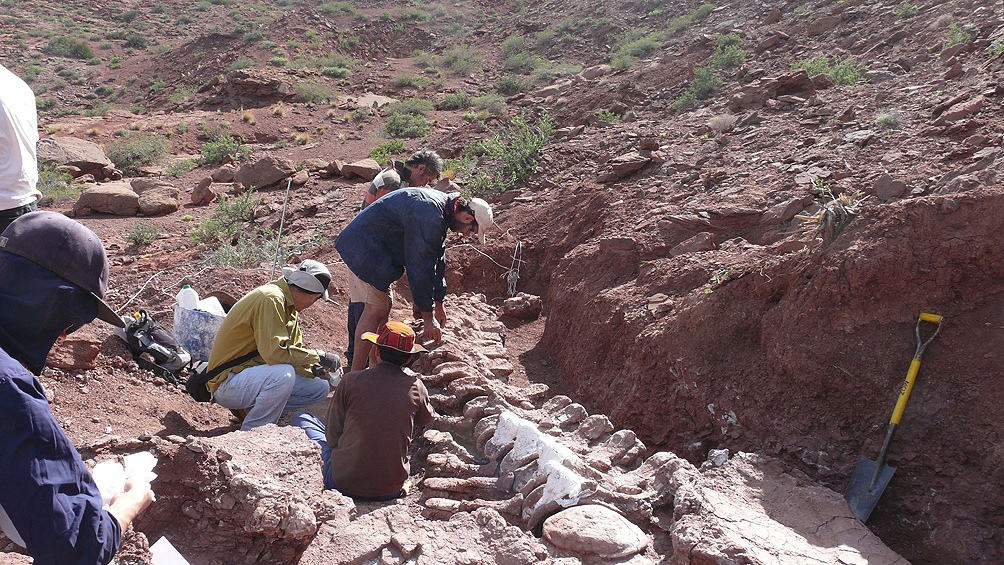
This is interesting. Did you take those images?